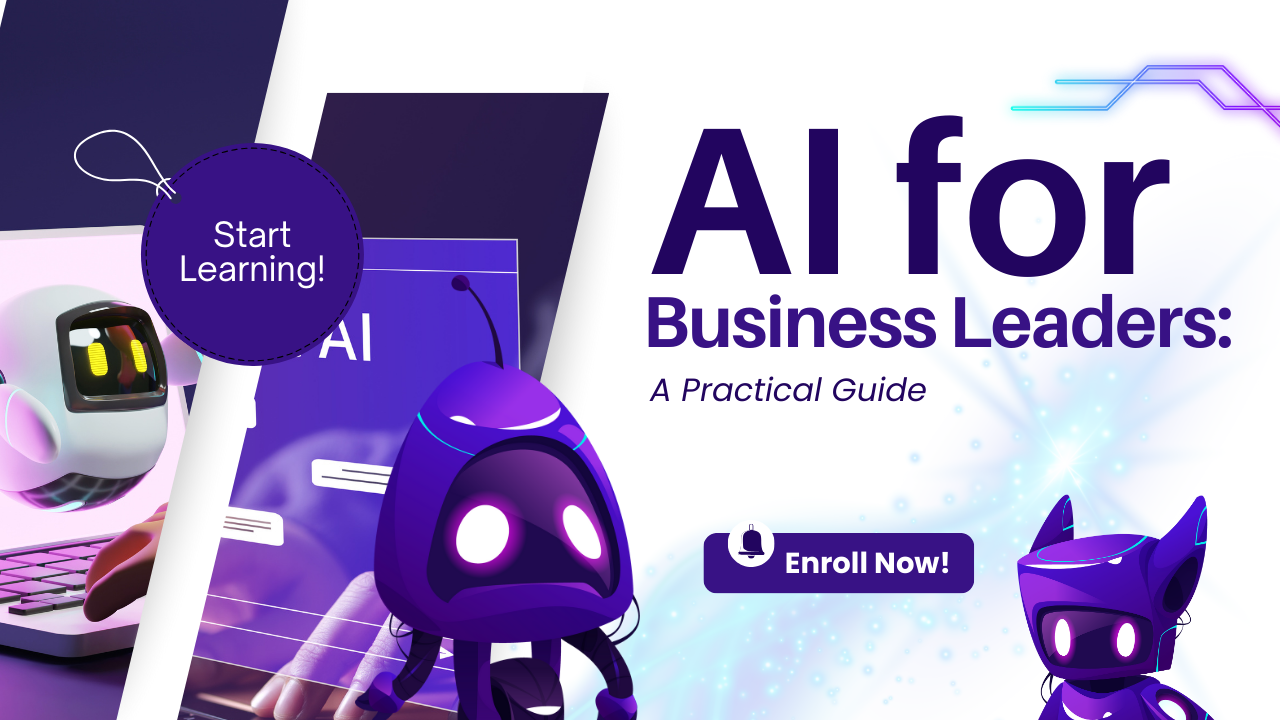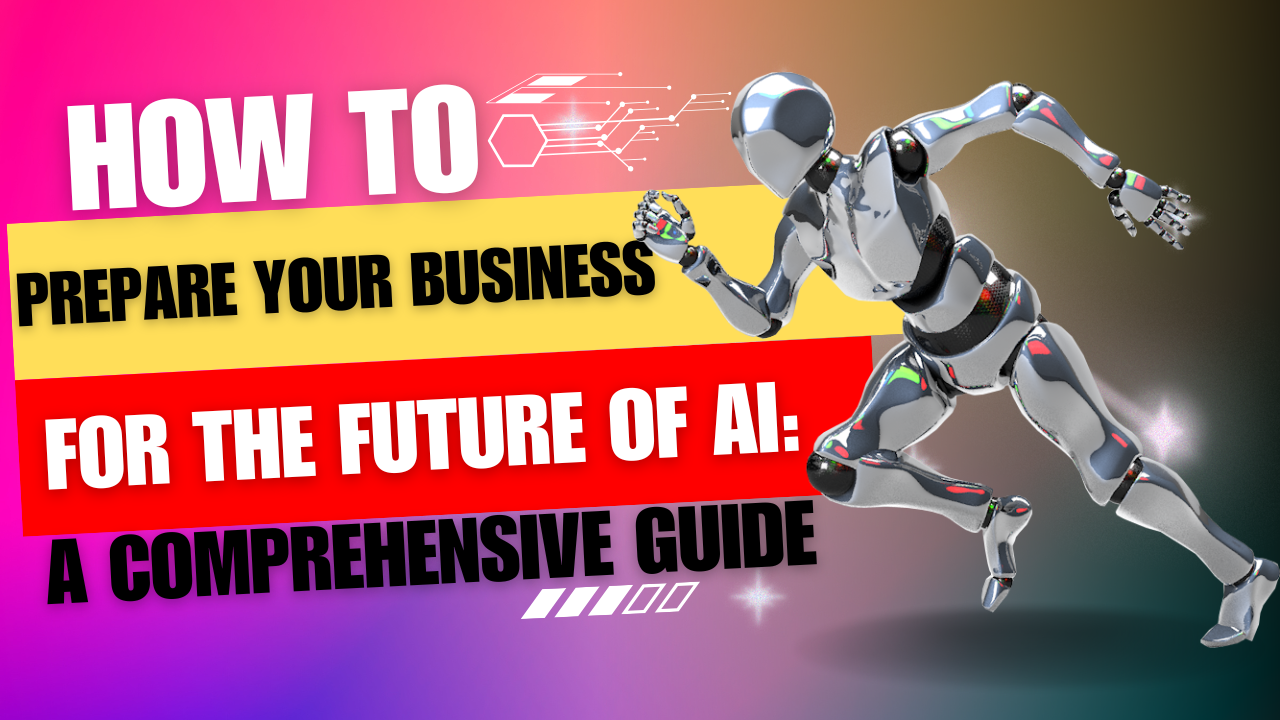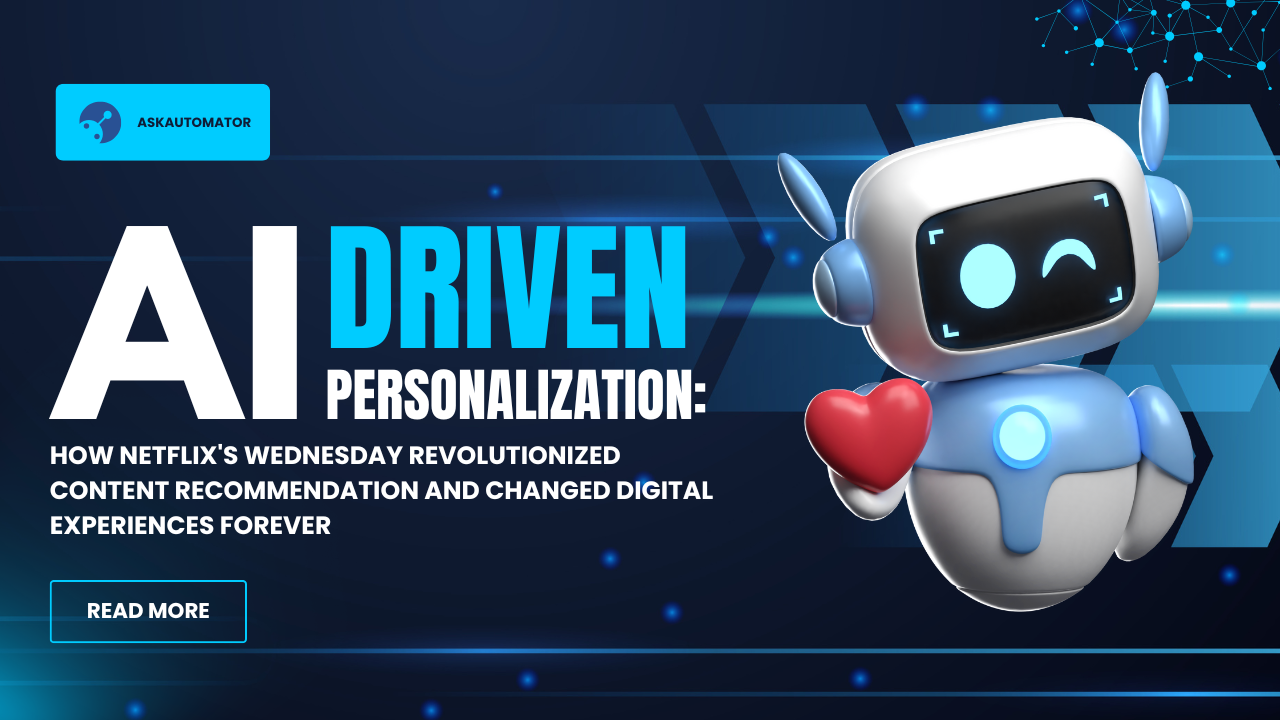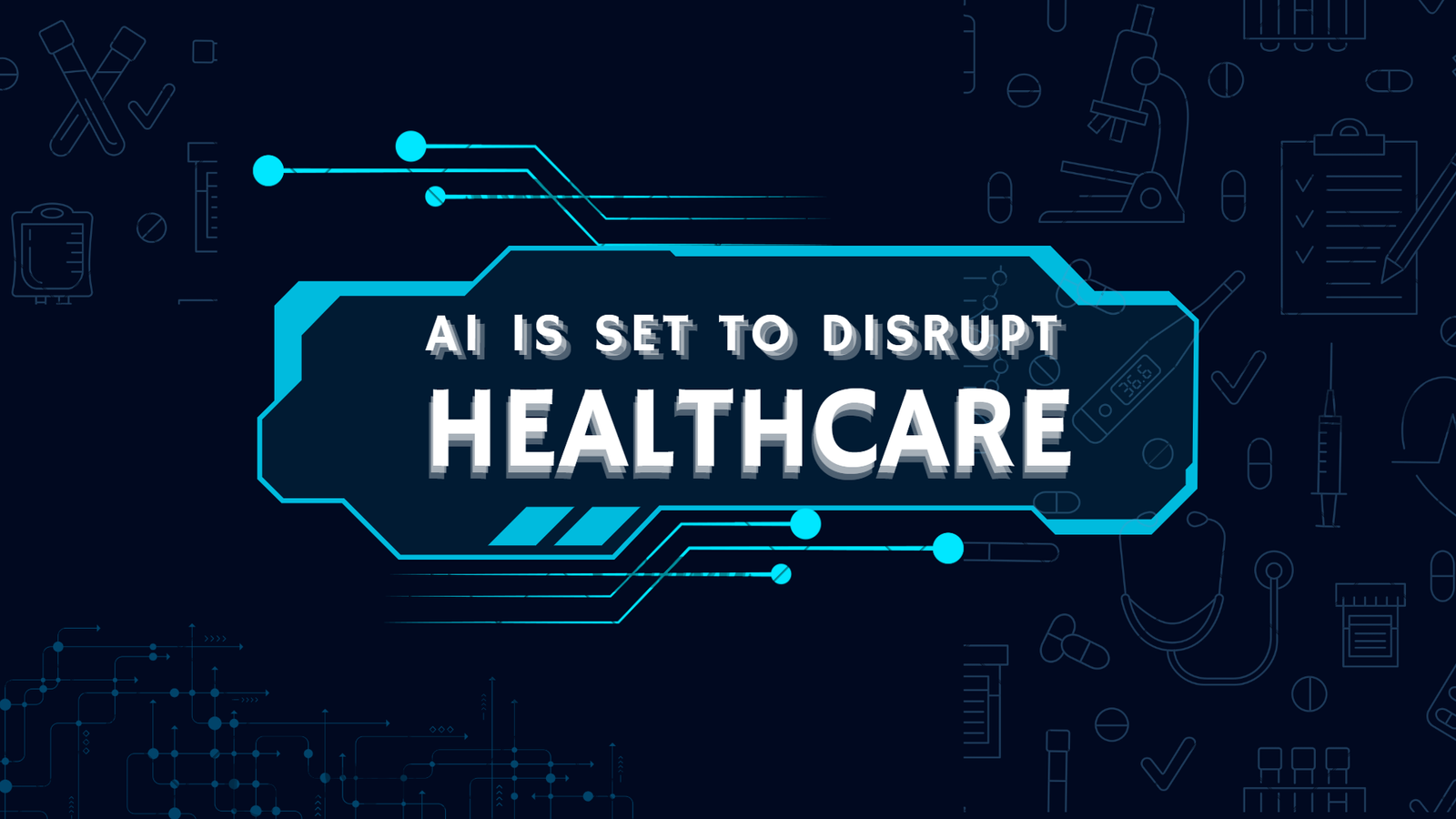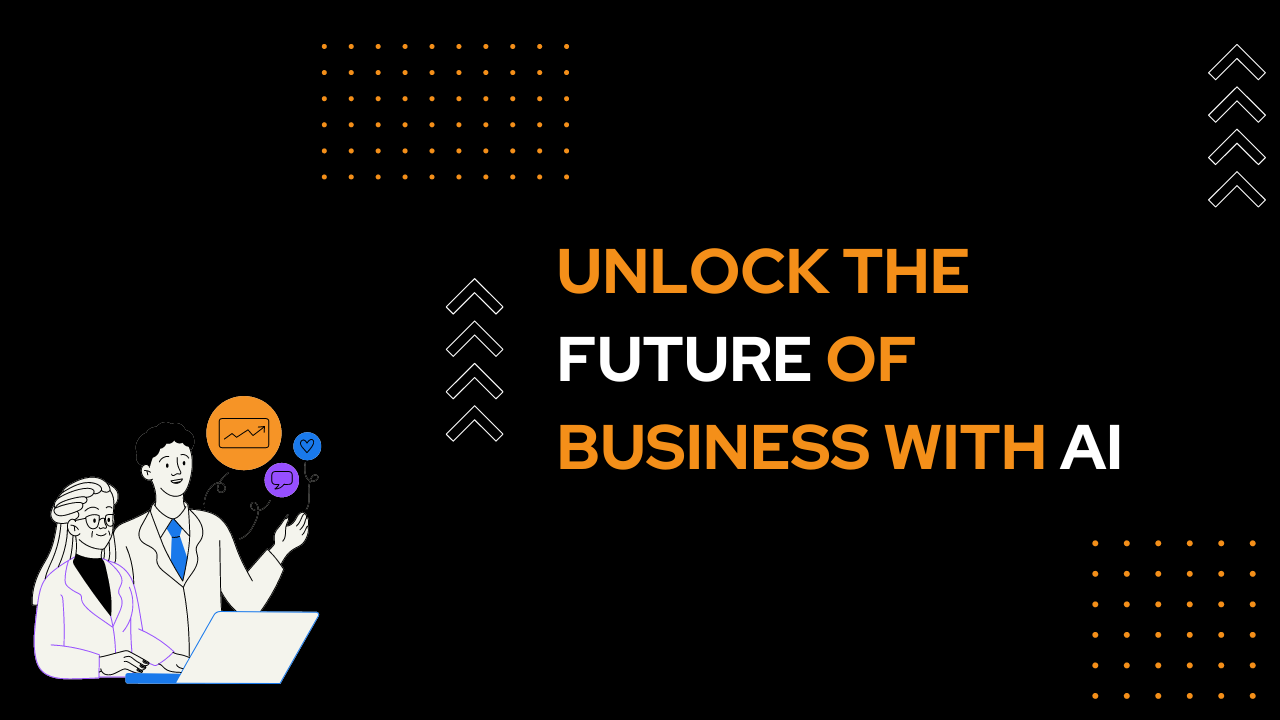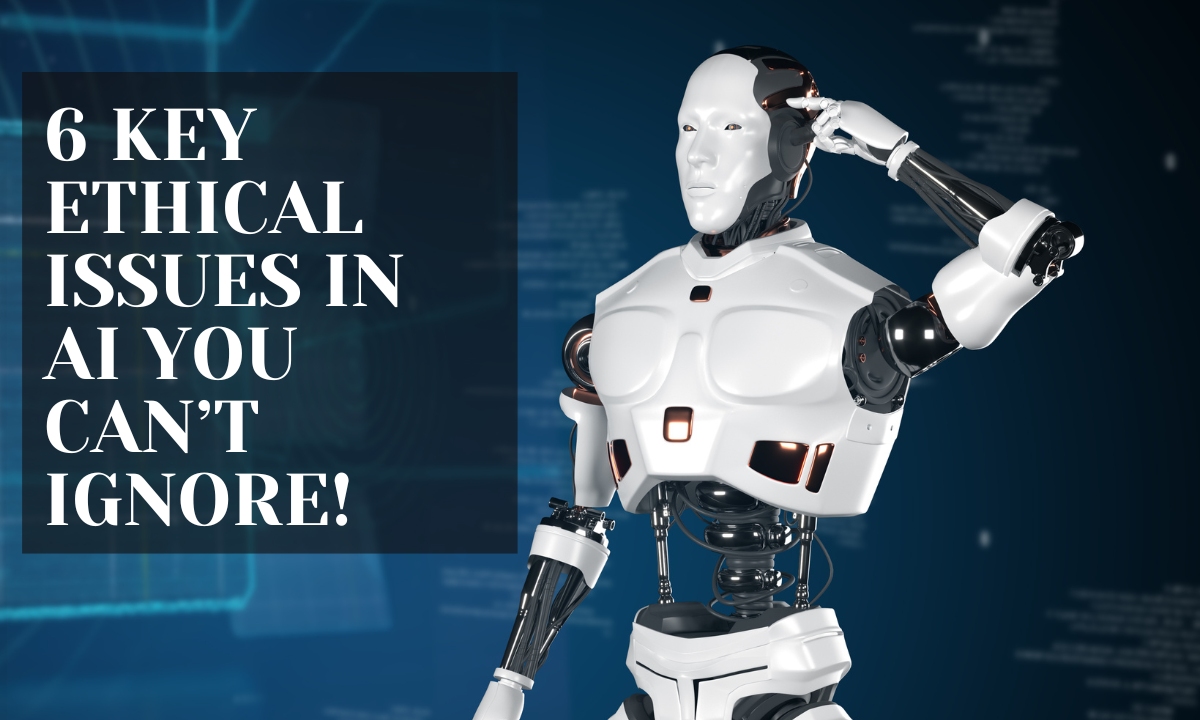In the world of business, adapting to emerging technologies is no longer optional—it’s imperative. But with the rise of Artificial Intelligence (AI), a question looms: how can businesses truly prepare for the future of AI?
Meet Emma, a small business owner in the thriving tech industry. She runs a customer service software company that’s grown steadily over the years. However, as AI technology began to infiltrate the market, Emma realized that if she didn’t adapt, her company risked falling behind. What followed was an exciting, challenging, and transformative journey into the world of AI. By the end of this journey, Emma had not only prepared her business for the future but also future-proofed it. Let’s follow Emma’s steps in preparing her business for the AI-driven future.

Step 1: Assessing Readiness for AI Adoption
When Emma first realized the importance of AI for her business, she didn’t dive into it blindly. Instead, she conducted a readiness assessment to evaluate her company’s current position. The goal here was to determine if her business was truly ready to adopt AI and how it could seamlessly integrate AI into her operations.
This step is crucial for every business. Assessing readiness is like checking the foundation before building. It involves evaluating various factors such as business processes, current technology infrastructure, and employee skills.
Emma used a readiness assessment tool designed to measure how well her company could implement AI. This tool helped her identify critical gaps and key areas where AI adoption could make the biggest impact. For instance, her company’s customer support system could benefit from chatbots and AI-driven automation to streamline responses and improve efficiency.
Through this assessment, Emma found that while her company had solid processes in place, there were gaps in data management and technical expertise that needed to be addressed before AI adoption could succeed. This assessment, similar to what other businesses should undertake, illuminated the path forward.
Key Actions for Businesses:
- Conduct a business process evaluation to identify areas that can benefit from AI.
- Assess the current tech infrastructure to ensure compatibility with AI tools.
- Identify any skills gaps within your team and begin addressing them.

Step 2: Identifying the Right AI Tools for Your Business
Once Emma had assessed her company’s readiness, it was time to identify the AI tools that would enable her business to thrive. But with so many AI-powered platforms out there, where does she start?
Emma decided to leverage tools that would maximize her business operations while aligning with her team’s expertise. After doing some research, she realized that there were some standout tools in the market, such as Salesforce Einstein for CRM (Customer Relationship Management) automation, and Zendesk for AI-enhanced customer support.
She also realized the importance of using data analytics platforms like Google AI to gain deeper insights into customer behavior. By understanding trends and patterns, she could deliver personalized experiences to her clients, enhancing customer satisfaction and loyalty.
Tools in the Market
- Salesforce Einstein – Uses AI to automate customer relationship management and predictive analytics.
- Zendesk – Provides AI-powered customer support, including chatbots for instant responses.
- Google AI – Offers data analytics solutions to gain insights into customer behavior.
- HubSpot AI – Integrates AI to improve marketing and sales through automation.
- IBM Watson – A robust tool offering AI for business analytics, chatbots, and more.
These AI tools were key to Emma’s AI adoption journey and helped her implement solutions that aligned with her readiness and business goals.
Key Actions for Businesses
- Evaluate AI tools based on your business needs.
- Choose AI platforms that align with your current tech stack and team capabilities.
- Prioritize tools that improve customer experiences, increase efficiency, and automate processes.
Step 3: Training Your Workforce to Embrace AI
As Emma integrated AI into her company, she realized that adopting AI wasn’t just about technology—it was also about people. Her team needed to be educated on how to use AI tools effectively. This was a crucial part of preparing for the future of AI.
Emma decided to invest in AI training programs to upskill her team. She focused on data science courses, machine learning workshops, and AI ethics training. By offering her employees hands-on experience with AI tools, she ensured they were equipped to leverage AI technology for success.
One of the best moves Emma made was introducing AI chatbot training for her customer service team. She worked with her team to ensure they understood how AI-driven chatbots could complement their efforts, improving efficiency without replacing the human element in customer service.
Key Actions for Businesses
- Invest in AI training and education programs for your employees.
- Introduce AI-powered tools step-by-step to ease the learning curve.
- Encourage collaboration between human employees and AI systems to enhance business processes.
Step 4: Designing Future-Proof Strategies
The future of AI isn’t just about the tools you use—it’s about how you implement them strategically. Emma understood this early on. She realized that future-proofing her business required not just the right tools but also the right approach to integrating AI into her long-term business strategy.
One of the most significant decisions Emma made was to focus on scalability. She chose AI tools and platforms that could evolve with her business as it grew. Instead of implementing one-size-fits-all solutions, she tailored her AI approach to future needs.
She also made a plan for continuous optimization. AI isn’t static, and neither is a business. The technology and market will evolve, and Emma knew that staying ahead required flexibility. To ensure her business would remain competitive, Emma set up regular AI audits to assess performance and adjust AI systems as necessary.
Key Actions for Businesses:
- Focus on scalability when choosing AI solutions to ensure future growth.
- Regularly audit AI systems to ensure they remain relevant and effective.
- Align AI strategy with business goals to ensure long-term success.

Step 5: Data-Driven Decision Making with AI
Emma realized that one of the greatest benefits of adopting AI was its ability to enhance data-driven decision-making. With AI tools, she could quickly analyze customer data, identify trends, and make informed decisions about product development, marketing, and customer service.
By using AI-powered analytics platforms, Emma could track customer engagement and behavior. These insights allowed her to launch targeted campaigns, create personalized experiences, and ultimately increase sales.
AI-enabled tools like Google Analytics and HubSpot AI helped Emma optimize her marketing strategies. With AI’s ability to parse large datasets in real time, she could adjust her tactics on the fly, ensuring the best outcomes for her business.
Key Actions for Businesses:
- Implement AI-powered analytics tools to make data-driven decisions.
- Use real-time insights to optimize marketing, sales, and customer engagement.
- Leverage AI to predict trends and proactively address business challenges.
Step 6: Building an AI-Driven Culture
Lastly, Emma knew that AI adoption wasn’t just about tools and strategies; it was about cultivating a company-wide AI-driven culture. To succeed in the future of AI, everyone in the company—from top executives to entry-level employees—needed to embrace the technology.
Emma encouraged her team to collaborate with AI systems, rather than fear them. By making AI an integral part of her company’s daily operations, she created an environment where innovation thrived. She even set up brainstorming sessions where her team could discuss new ways to leverage AI and machine learning to improve business outcomes.
Key Actions for Businesses
- Cultivate a culture where AI is seen as a tool for innovation, not a threat.
- Encourage employees to continuously explore new ways to leverage AI.
- Foster a mindset of continuous learning and adaptation to AI advancements.

Conclusion: Leading Your Business into the AI-Driven Future
By the end of her AI journey, Emma’s business wasn’t just prepared for the future—it was thriving in it. Her readiness assessment had pinpointed areas for improvement, the right AI tools had been integrated seamlessly, her team was well-trained, and her business had a strategy for long-term growth.
If you want your business to succeed in the AI-driven future, following Emma’s lead will guide you toward success. Start with a solid readiness assessment, identify the right tools, train your team, and design strategies that ensure scalability and continuous growth. Most importantly, foster a culture that embraces AI as an enabler of innovation, and not as a challenge.
The future is already here, and businesses that embrace AI innovation today will be the ones that thrive tomorrow.
Key Takeaways:
- AI adoption is crucial for businesses looking to stay competitive.
- A comprehensive readiness assessment ensures that your business is prepared.
- The right AI tools and employee training are essential for success.
- Future-proof your business by focusing on scalability and continuous AI optimization.
- Cultivate an AI-driven culture to empower your team and drive innovation.
By following these steps, you’ll be well on your way to ensuring that your business is ready to harness the power of AI and thrive in the future.

